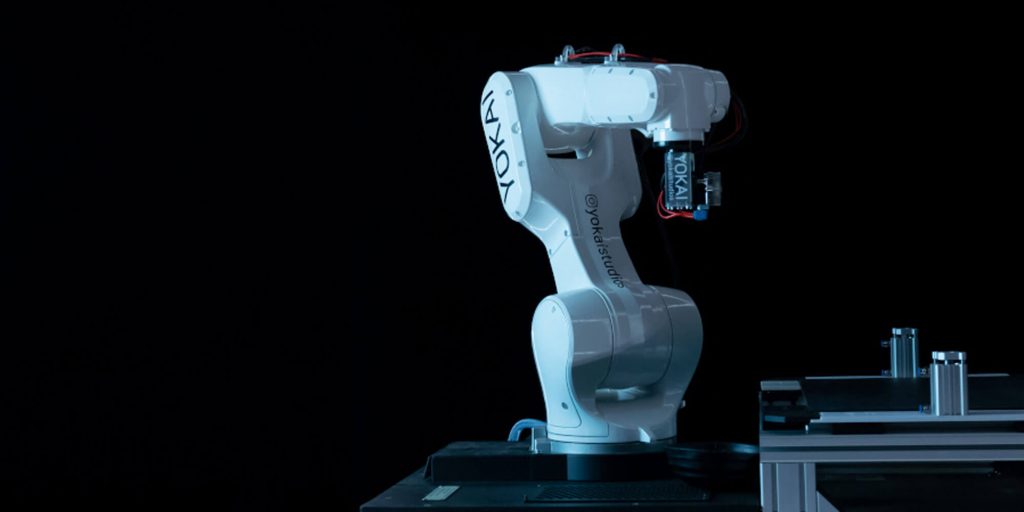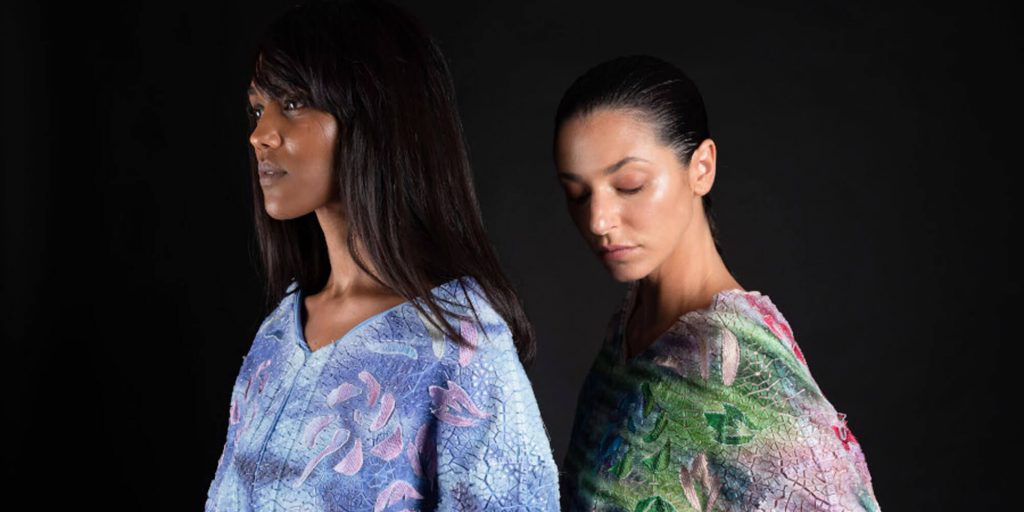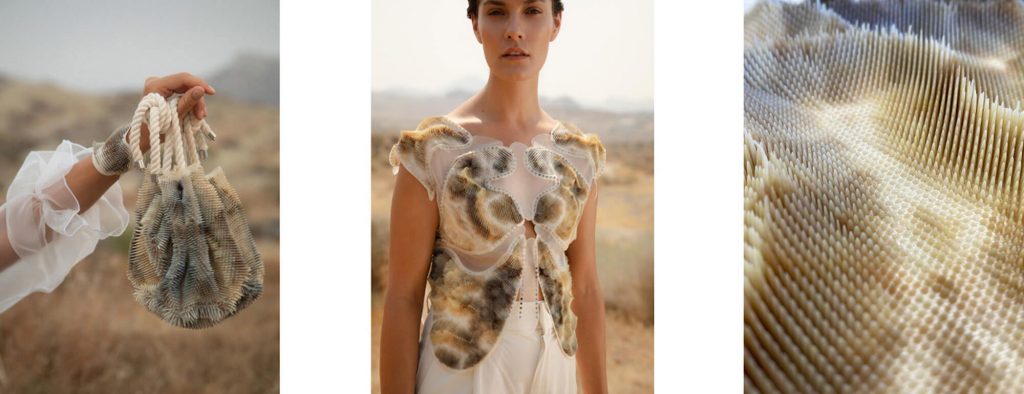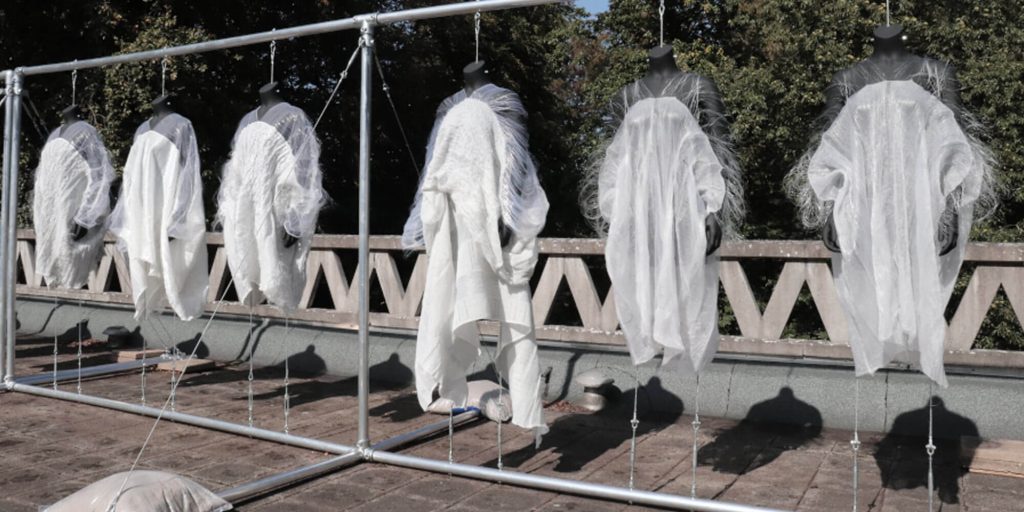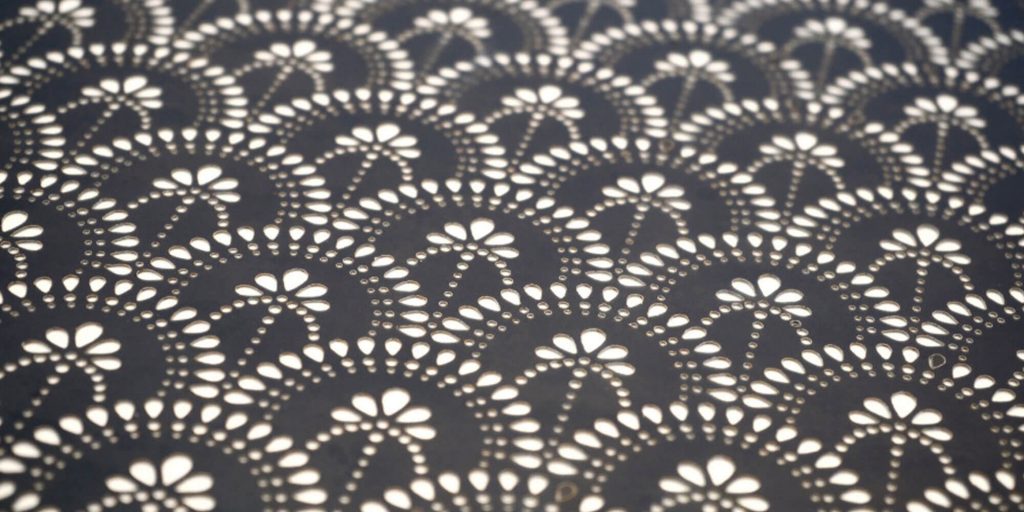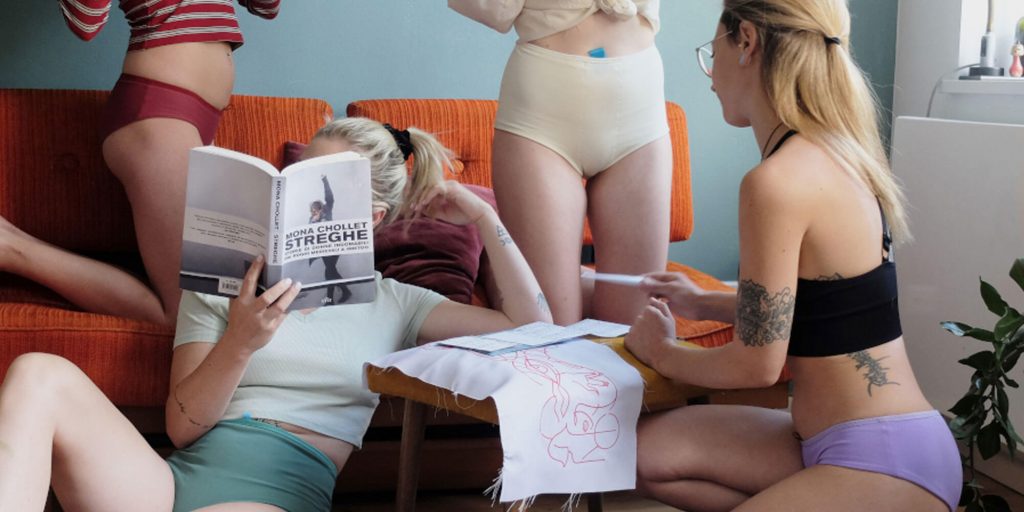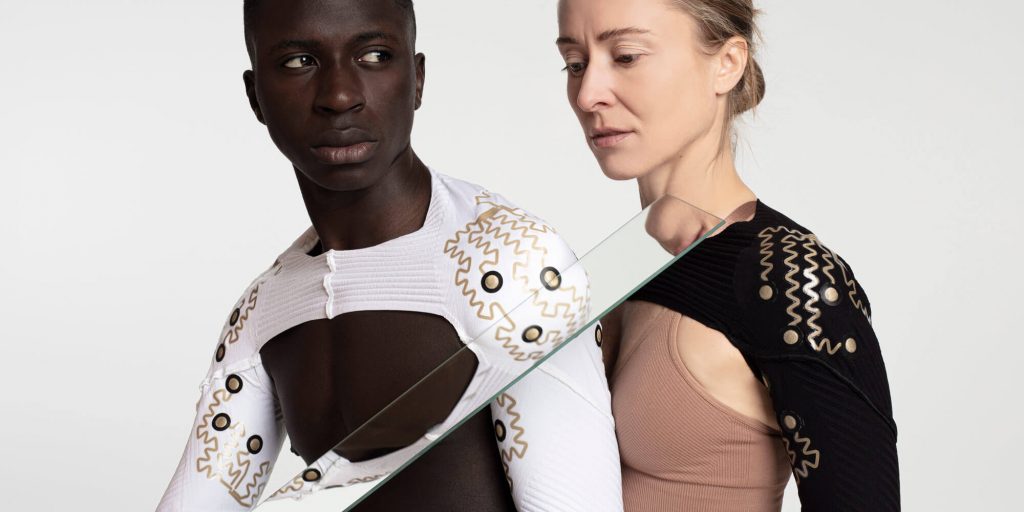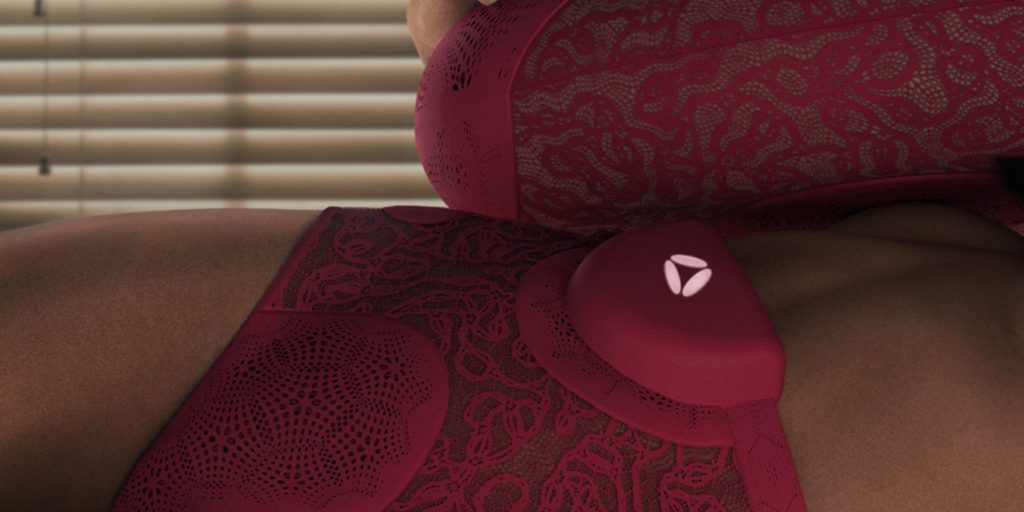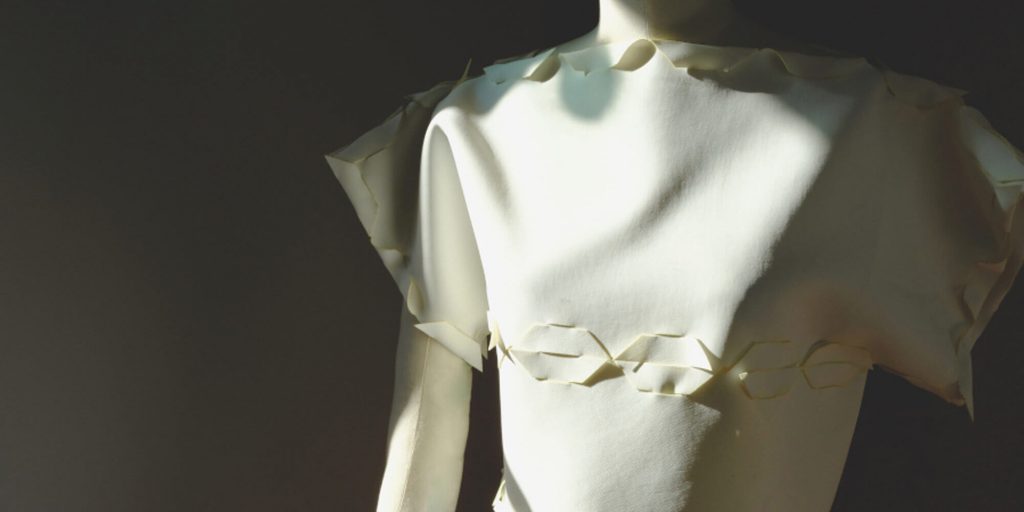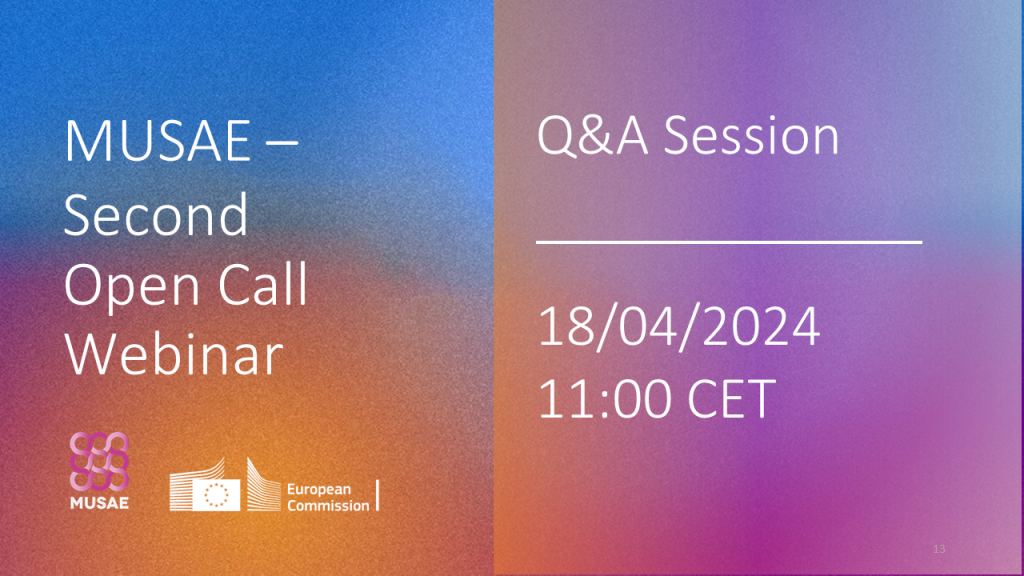RE-FREAM artists present their final prototypes at ARS ELECTRONICA 2020
The research project Re-FREAM is exploring the interaction between the domains of fashion, design, science, craft and technology, promoting a space for co-creation and co-research, where experimental projects are connecting artists with scientists and technologists for better human centered and sustainable solutions.
During the ARS ELECTRONICA 2020, the results of the first round of co-creation residencies were presented online and are now available on the Re-FREAM website.
Fashion is an example of lasting change, reflecting the mutable Zeitgeist of a complex society; it is the art and the related design discipline that most effectively transmits the languages and messages of our contemporary culture. Fashion can, thus, also be a fundamental attitude of any human to act on the surrounding reality in order to shape it and essentially be a “change-making” action. To tackle the recent challenges of the fashion industry, ten artists and designers were awarded to be part of the Re-FREAM journey during the first call of the program in 2019. They were given access to technology, scientists’ knowhow, a growing community of “re-thinkers” and a grant of EUR 55.000,- With a focus on the future of urban manufacturing of fashion, the research was carried out at three different European scientific hubs (Berlin, Linz, Valencia). Each hub is dedicated to one area of research: additive manufacturing, smart textiles and sustainable finishing. During the ARS ELECTRONICA 2020, the results of these residencies were presented online. Following the motto of the festival In Kepler’s Gardens – A global journey mapping the ‘new’ world, the ten teams showed the outcomes of their 10-month journey on co-creation between art and technology in the Re-FREAM Garden, available under https://ars.electronica.art/keplersgardens/fashion/. The presentations illustrated the potential of combining art with technology, crafting and sciences. They also looked at fashion from an uncomfortable perspective and opened up new spheres for sustainability and diversity with various talks and positions of artists.
All ten projects were documented by video and are now available in an online exhibition.
RE-FREAM AWARDED ARTISTS OF ROUND #1
“If you look at fashion today, sustainability dominates the headlines in the news. . When we speak about fashion, we speak about a huge fashion industry with quite a bad impact on our environment and also our society. If we want to reach the sustainability goals of 2030, we need to change the fashion industry and re-formulate business models to make them more sustainable. Re-FREAM and its projects are preparing the ground for these changes and come up with fresh ideas e.g. in the context of urban manufacturing.”
Christiane Luible-Bär – University of Art and Design Linz / Department Fashion & Technology
Re-Think Manufacturing, by Yokai Studio GmbH
Viktor Weichselbaumer and Michael Wieser founded the Linz based fashion-tech startup Yokai Studios to approach the possibilities of sewing by robots in a completely different way. Within Re-FREAM together with their technology partners Haratech, Profactor and EMPA, they developed a prototype for a one-stop-shop robot based manufacturing system for fashion. Yokai’s design approach finally enables a robot-supported 3D production of clothing, which has not been possible in large technology-driven research projects so far. The project acts on the interface between virtual design methods with 3D technology and new production methods and brings up the potential for urban manufacturing respectively the local production of customized fashion.
Visit www.yokai-studios.com
WeAreAble, by Ganit Goldstein
WeAReAble deals with the making process of customized fashion designs, based on 3D body scans and parametric codes combined with multi-color 3D printing directly on fabric. In collaboration with Haratech, Stratasys, Profactor and the F&T department of the University of Art and Design Linz, the project examines the border between future and tradition, redrawing the boundaries between hand-made and machine-made. Ganit Goldstein is adding a new approach to the design and production process of fashion by using 3D printing technologies and digitally crafting techniques. By doing so, she makes an important contribution to the discussion of an important cultural asset by equating traditional crafting methods with digital crafting.
Visit ganitgoldstein.com
Digital Vogue, by Julia Körner
Julia Körner is absolutely specialised in digitally crafting and like Ganit Goldstein, she is collaborating with 3D-printing company Stratasys. This collaboration is influencing Stratsys’ impact on informing the Haute Couture – a super traditional industry. Within the Re-FREAM project “Digital Vogue – Between Organic and Synthetic Processes”, Julia Körner (JK Design GmbH) researches 3D to 2D to 3D relationships in 3D-printed fashion together with the technology partners Stratasys, Haratech, Profactor and consulting partner Department of Fashion & Technology, University of Art and Design Linz. The research focussed on digitally translating patterns into algorithms and exploring multi-colour 3D printing on fabric, inspired by microscopic imagery of natural artefacts. One of the results was the presentation of the new collection called ARID.
Visit www.juliakoerner.com
Marinero, by Jef Montes
Inspired by the contrast of the sea and plastic pollution, Marinero is the first project of Studio Adaptive Skins – founded by Jef Montes. The focus of Marinero is to create an architectural blueprint that transforms organically over the course of time due to different meteorological conditions. Jef Montes’ approach is really important and interesting for fashion, because he eliminates the traditional processes of the fashion industry: he not only works with nature as a design element, but he creates his own material, which can directly be used in 3D. Therefore no manufacturing company is needed. The design follows the material.
Visit www.jefmontes.com
LEBIU, by Fabio Molinas
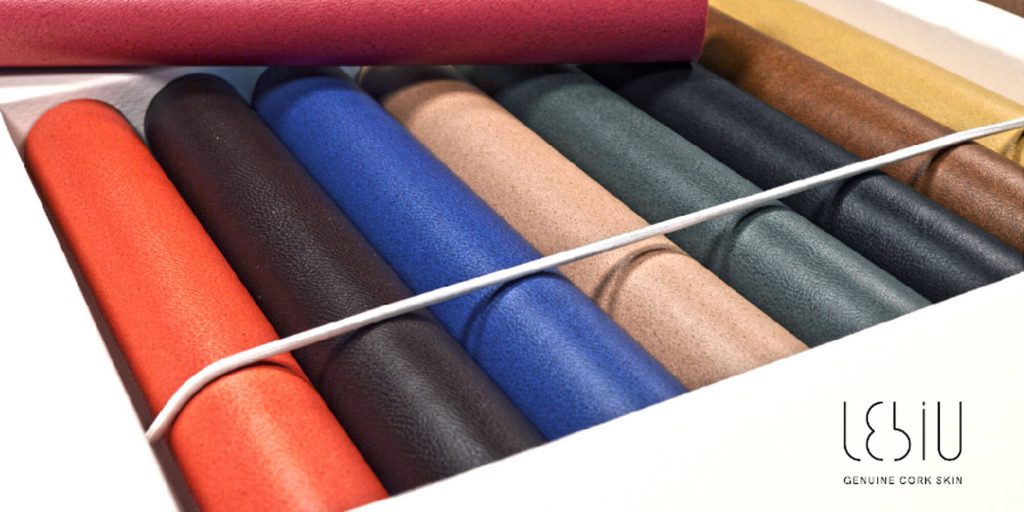
Fabio Molinas is working on and with sustainable materials. Similar to Jef Montes, he is taking a new direction in fashion design. He is not only using textiles for designing, he invents and creates (new) materials for fashion. Molinas was working on different production developments to create a range of materials (vegan leather, Neobuck and Bio-denim) using the cork waste from the stoppers’ industry. During the co-creation with Aitex and Care Applications in the Re-FREAM project, a waste product is valued giving a new life to something that in its natural state, is almost useless. The achieved results are a typical worn effect of denim, a leather-like fabric and a soft/velvet vegetal Neobuck. These were used to create a new aesthetic collection under the brand LEBIU – focussing also on sustainability aspects by saving an important amount of water, electricity and chemical products.
Visit www.lebiudesign.com
Cooking New Materials, by Youyang Song
Cooking new materials is an independently developed technique, which aims to process biowastes into a soft but yet robust leather-like material. Banana and orange peel or soy-milk are combined with a natural binding agent as the substrate. The resulting composite is fully biodegradable and can be easily reused after the re-cooking process. It is a 100% biodegradable, zero waste natural product. Moreover, the bio-material provides similar toughness, durability and water resistance as normal leather material. By using Aitex’ laser technology the material can also be enhanced and perforated.
Visit youyangsong.com
Alma, by Giulia Tomasello
Alma is a wearable biosensor designed to monitor vaginal fluids. The project strives to support and educate women about their intimate health through technology. The team of designers, anthropologists, scientists and engineers has co-developed with their industrial partners, Fraunhofer IZM and Empa, a new type of underwear capable of measuring vaginal fluid pH. Quantifying vaginal chemistry is an important step to close the medical gender gap and raise awareness about the female body. The entire design process was driven by the data and insights from the Alma meets Flora survey and co-design workshops. The project by Giulia Tomasello contributes to fashion, as it follows a user-centered approach on the one hand and uses technology to re-think the use of textiles and materials on the other hand.
Visit gitomasello.com
Connextyle: Techstyle for Rehabilitation, by Jessica Smarsch
Jessica Smarsch’ project aims to disrupt the standards of healthcare with design sensitivity. The system lets patients create visual & audio patterns with the body, stimulating 3 senses at the same time. The goal is to deliver an engaging experience to patients while improving recovery and enhancing quality of life. The co-creation research performed by Jessica Smarsch and Fraunhofer IZM focussed on the integration of textile-based sensors (TexPCBs) into clothing for the functional purpose of gathering EMG data for stroke rehabilitation. Sensitive considerations were also made in the design of the garment to enhance the wearer’s experience with the system. Many external partners were also involved in the research, which culminated in a 2-day Stakeholder Workshop, facilitated by Fraunhofer IZM partners Max Marwede and Robin Hoske. Through guided activities, participants identified and discussed important issues related to this medical device development.
Visit jessicasmarsch.com
Lovewear, by Witsense
Lovewear is a smart underwear that helps people of all abilities to self-explore and enhance their own intimacy and sexuality. Witsense wants to empower the wearer through a tactile experience achieved by soft robotics with inflatable inserts embedded in the underwear, triggered by the interaction with a connected ‘console’ pillow. The wearer can hug, cuddle, caress, press this interface as a surrogate for human contact or just explore its surface as he would explore his own body, facilitating gestures. Similar to the projects of Giulia Tomasello and Jessica Smarsch, Witsense’s Lovewear is a very good examples of a very responsible way of working with technology that’s very close to the body.
Visit www.witsense.design
Fragments Garments, by Elisabeth Jayot
Elisabeth Jayot’s Fragments Garments circular fashion supply chain aims at inverting the current fast fashion paradigm. To fight the environmental damages created by cheap clothing produced at a fast pace in low-wage countries, the project proposes to relocate within small urban manufacturing units to Fablabs. The goal is the production of garments, moreover designed seamless and modular, based on a worldwide digital pattern trade. This project adds a 4th dimension to the classic reduce, repair and recycle concept by involving the consumer who can easily dismantle and transform clothes according to changing trends, needs or sizes, thus leading to a longer life-span.
Visit www.fragmentsgarments.com
RE-FREAM is embedded in the STARTS Pillar “Lighthouses”, that focuses on supporting research seeking radically novel technology solutions to major challenges for industry and society, in close collaboration with artists. TheLighthouses aim at guidingEU innovation actions towards more systematic inclusion of the arts. To know more about the different pillars of STARTS and how the initiative supports hybrid projects at the intersection of Science + Technology + ARTS, visit
STARTS RESIDENCIES STARTS PRIZE STARTS ACADEMY
and discover how the initiative is fostered at local level through the
To be sure not to miss any news on STARTS activities,
